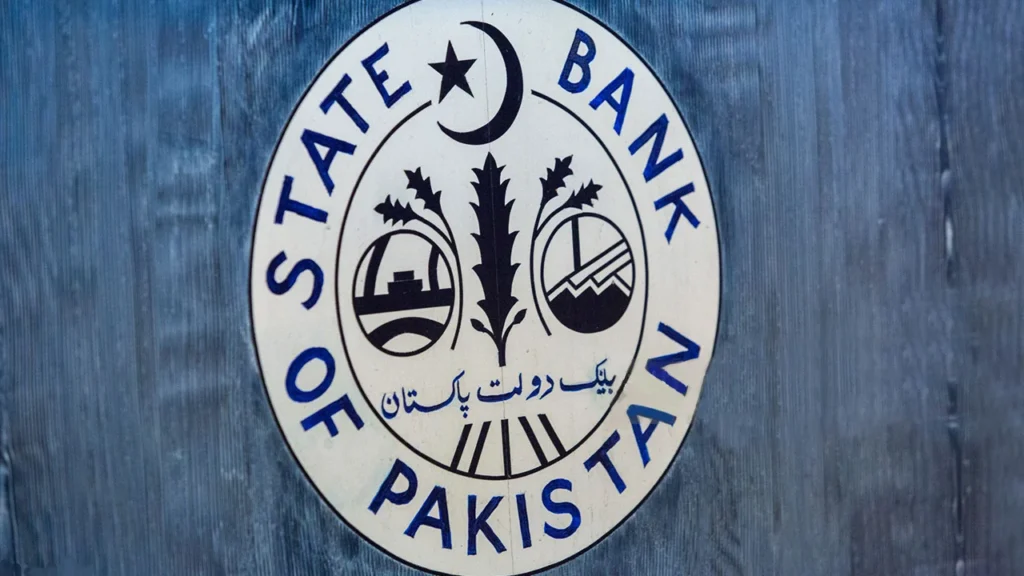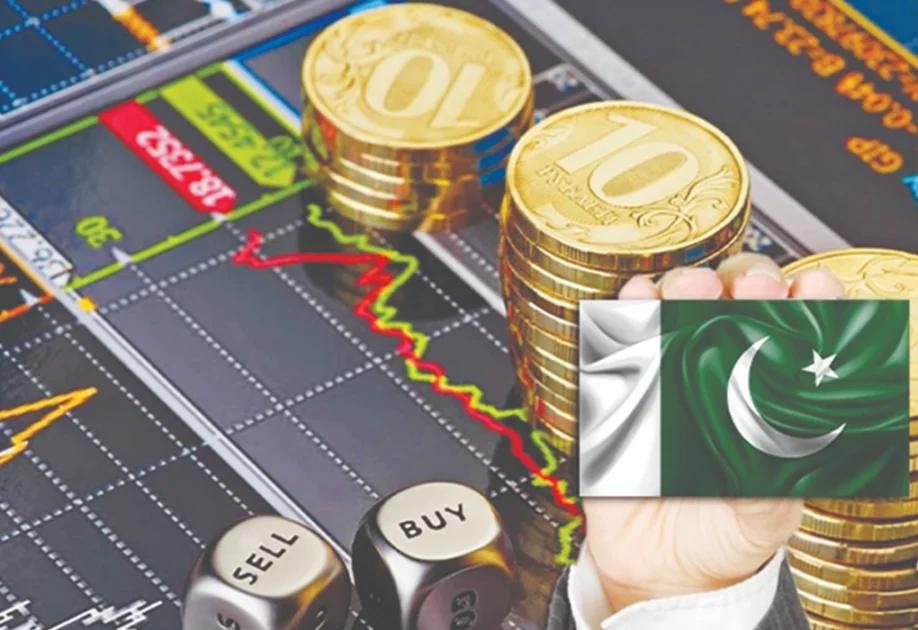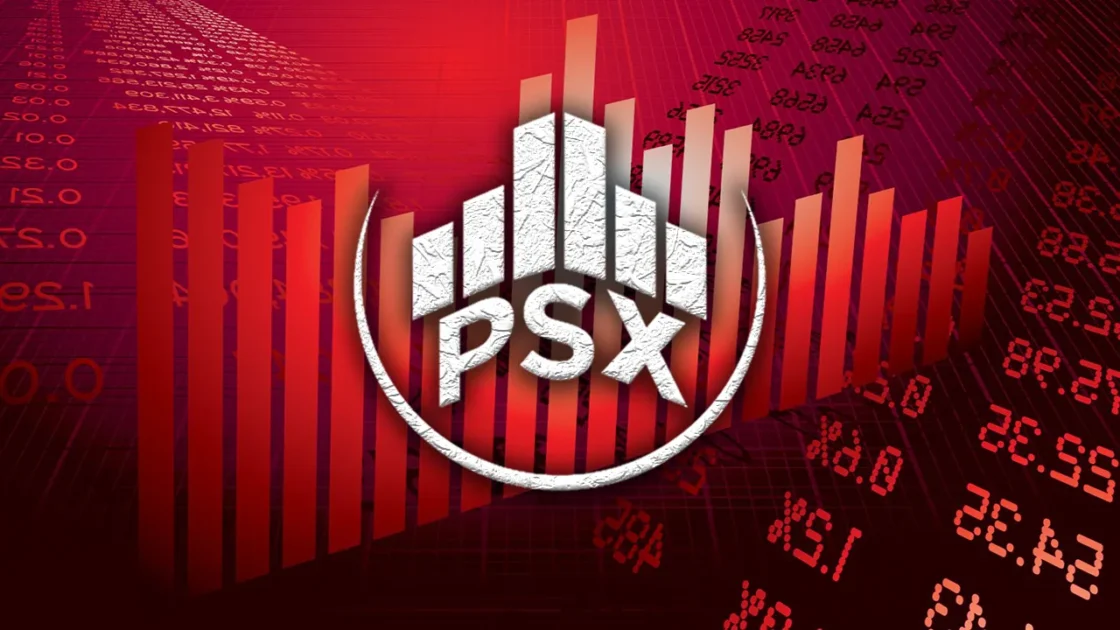- Web Desk
- 1 Hour ago

SBP surprises market by keeping policy rate unchanged
-
- Web Desk
- Jul 30, 2025

KARACHI: The State Bank of Pakistan (SBP) left its benchmark policy rate unchanged at 11 per cent on Wednesday, opting for caution despite falling inflation and signs of economic recovery.
The decision by the Monetary Policy Committee (MPC) came as many in the market had expected a rate cut. At a post-meeting press briefing, SBP Governor Jameel Ahmad said the central bank acknowledged the easing inflation trend and strengthening external account, but risks from energy prices, fiscal developments, and global uncertainties prompted the committee to maintain its current stance.
“The existing monetary policy is appropriate to keep inflation expectations anchored and maintain external stability,” Ahmad said, adding that future decisions would be shaped by developments in oil prices, the fiscal path, and geopolitical tensions.
June’s headline inflation dropped to 3.2 per cent year-on-year, helped by falling food prices and easing core inflation. But the MPC noted that a recent surge in energy prices, including higher gas tariffs, may push inflation above its 5–7 per cent target range in the coming months.
Business leaders, particularly in Karachi, renewed calls for a sharper rate cut. Industry groups including the FPCCI and KCCI urged the central bank to lower borrowing costs to single digits to help revive investment and exports. But the MPC said it would proceed cautiously.
On the external front, Pakistan’s current account ended FY25 with a surplus of $2.1 billion, helped by strong remittances that offset a rising trade deficit. SBP reserves rose to over $14 billion, and are projected to reach $15.5 billion by end-December, buoyed by expected private inflows following an upgrade in Pakistan’s credit rating.
Domestically, high-frequency data points to a gradual economic recovery. Manufacturing, agriculture, and services sectors are showing early signs of rebound, with GDP growth for FY26 projected between 3.25 and 4.25 per cent, up from 2.7 per cent last year.
Private sector credit rose by 12.8 per cent year-on-year, supported by improving demand across key sectors such as textiles, telecoms, and trade. However, the MPC flagged concerns over a widening trade gap, volatile commodity prices, and potential flood-related risks that could derail the inflation outlook.
While the government improved its fiscal position in FY25, missing its revised tax revenue target by Rs200 billion, it is targeting a primary surplus of 2.4 per cent of GDP this fiscal year through tighter spending and stronger revenue collection.
The MPC reiterated that sustaining macroeconomic stability will require continued monetary prudence and fiscal discipline, along with long-overdue structural reforms.
Read next: Oil prices edge higher amid fears of tighter global supply






